- Unit31 Aug 2010
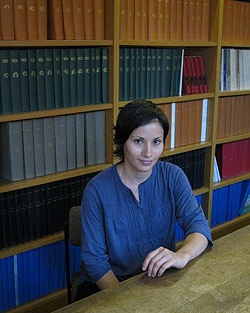
We are pleased to welcome Dr Alice Alvernhe to the unit. Alice joined the Csicsvari Group in August 2010 as a Fyssen Foundation Visiting Fellow. The general aim of her research is to study the hippocampo-entorhinal network activity associated with learning processes using large-scale in vivo recordings.
Alice completed her PhD in Neurosciences at the University of Aix-Marseille/ CNRS UMR6155 under the supervision of Professor Bruno Poucet. For her PhD thesis she studied the neuronal correlates of spatial behaviour. She used in vivo unit recordings in rats and showed that the activity of dorsal hippocampal place cells can adapt rapidly to encode modifications in the topology of space such as the appearance of new obstacles through the animal's path.
- Unit31 Aug 2010
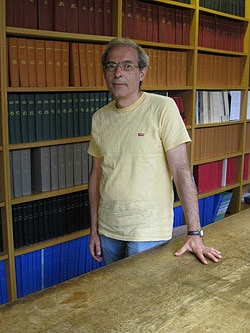
We are pleased to welcome back Professor Yannis Dalezios from the Faculty of Medicine, University of Crete, for a short collaborative visit to Professor Peter Somogyi's Lab.
Professor Dalezios studies the synaptic interactions between neurons to reveal the organization of neural networks in the brain including cortical and subcortical oculomotor areas/nuclei, the neocortex and the hippocampus. His expertise in electron microscopy and statistics facilitates several projects and he also trains others.
- Unit31 Aug 2010
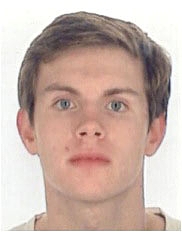
Please welcome second year physiology student James Duffell who has joined the Dr. Jozsef Csicsvari Lab as a visiting student. Under the supervision of Dr. David Dupret, he will be working on the hippocampal network activity associated with spatial memory.
- Unit19 Aug 2010
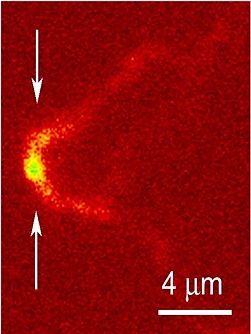
A paper from Capogna's group has been published last week in the Journal of Neuroscience 30(29):9898-9909, 2010.
Abstract
The kinetics of GABAergic synaptic currents can vary by an order of magnitude depending on the cell type. The neurogliaform cell (NGFC) has recently been identified as a key generator of slow GABAAreceptor-mediated volume transmission in the isocortex. However, the mechanisms underlying slow GABAA receptor-mediated inhibitory postsynaptic currents and their use-dependent plasticity remain unknown. Here we provide experimental and modelling data showing that hippocampal NGFCs generate an unusually prolonged (tens of milliseconds) but low-concentration (micromolar range) GABA transient which is responsible for the slow response kinetics and which leads to a robust desensitization of postsynaptic GABAA receptors. This strongly contributes to the use-dependent synaptic depression elicited by various patterns of NGFC activity including the one detected during theta network oscillations in vivo. Synaptic depression mediated by NGFCs is likely to play an important modulatory role in the feedforward inhibition of CA1 pyramidal cells provided by the entorhinal cortex.
Full text (PDF).
- Unit19 Aug 2010
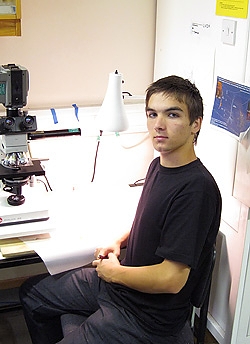
István Lukács has joined Peter Somogyi's labfor his month long scholarship under the Oxford Cajal Scholarship scheme. He won the Ramon y Cajal essay competition on: "What have we learned about the normal functions of the brain from studying its diseases?"
The title of his essay was "Localisation of function in the cerebral cortex".
István matriculated in the Aron Márton Liceum at Csikszereda, Romania and will read medicine at the Medical School in Targu Mures. In Oxford, he learns concepts of brain organisation and participates in the analysis of neuronal circuits in the hippocampus using microscopic methods.
- Unit19 Aug 2010
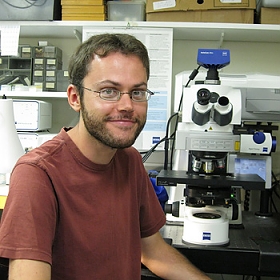
We are pleased to welcome Dr. Tim Viney to the Unit. Tim has joined Peter Somogyi's Groupas an MRC Career Development Fellow to explore the spike timing of identified hippocampal neurons in combined electrophysiological and microscopic experiments.
Tim joins us after completing his PhD under the supervision of Prof. Botond Roska at the Friedrich Miescher Institute for Biomedical Research in Basel, Switzerland. Tim's PhD project involved studying the structure and function of neural circuits in the retina: "The diverse roles of inhibition in identified neuronal circuits."
- Unit19 Aug 2010
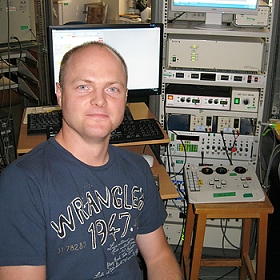
We welcome Dr. Tomasz Wojtowicz from the Wroclaw Medical University, Poland to Marco Capogna's group. He was awarded a British-Polish young scientists programme that provides the financial support for his visit. He will study the role of matrix metalloproteases in synaptic plasticity at hippocampal synapses.
- Unit26 Jul 2010
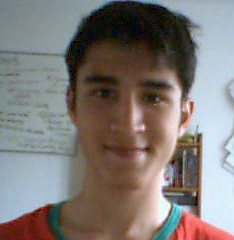
Zaman Tekin from Bartholomew School joins the Bolam lab for work experience for the week beginning 26th July. Zaman visited the lab at the Schools Open Day in March. He is planning to apply to do medicine in October.
- Unit21 Jul 2010
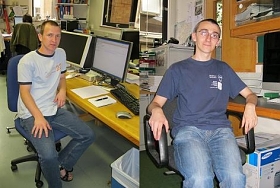
We are pleased to welcome Mr Zoltan Andras and Mr Lorand Farkas for a short visit as Visiting Students to Professor Peter Somogyi's lab. Zoltan & Lorand are currently studying for a degree in information technology at the EMTE Sapientia - Hungarian University of Transylvania in Targu Mures, Romania. They will prepare their graduation project dissertation under the supervision of Professor Laszlo Marton a previous member of the Unit. http://www.jcu.edu/language/hunghemu/Sapientia.html
- Unit21 Jul 2010
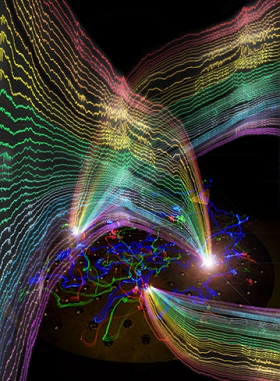
Published online yesterday is the latest study from Dr. David Dupret and colleagues in Nature Neuroscience.
The hippocampus is an important brain circuit for spatial memory and the spatially selective spiking of hippocampal neuronal assemblies is thought to provide a mnemonic representation of space. We found that remembering newly learnt goal locations required NMDA receptordependent stabilization and enhanced reactivation of goal-related hippocampal assemblies. During spatial learning, place-related firing patterns in the CA1, but not CA3, region of the rat hippocampus were reorganized to represent new goal locations. Such reorganization did not occur when goals were marked by visual cues. The stabilization and successful retrieval of these newly acquired CA1 representations of behaviorally relevant places was NMDAR dependent and necessary for subsequent memory retention performance. Goal-related assembly patterns associated with sharp wave/ripple network oscillations, during both learning and subsequent rest periods, predicted memory performance. Together, these results suggest that the reorganization and reactivation of assembly firing patterns in the hippocampus represent the formation and expression of new spatial memory traces.